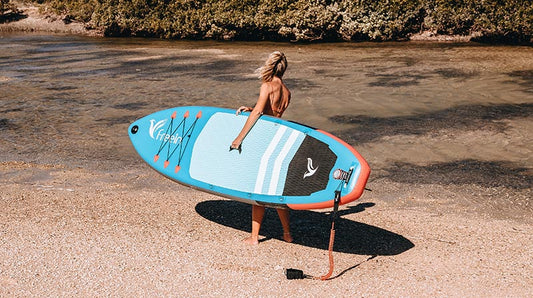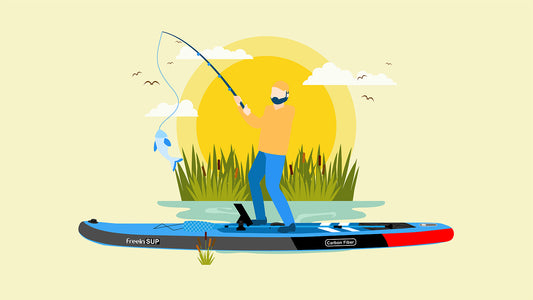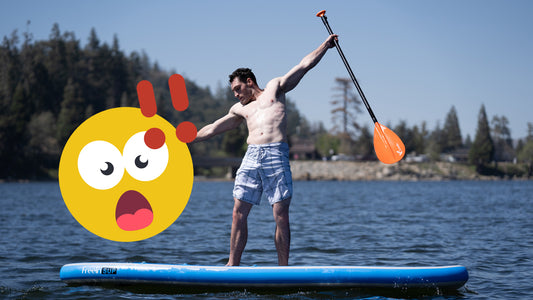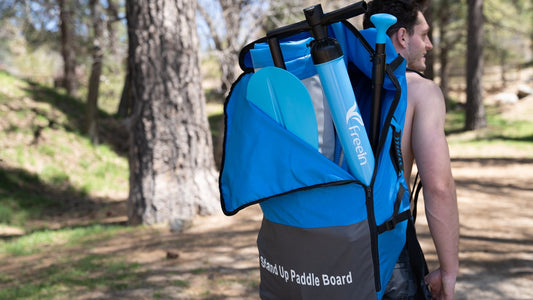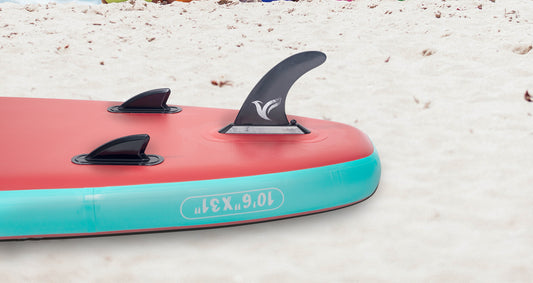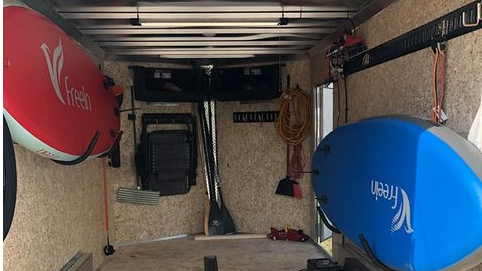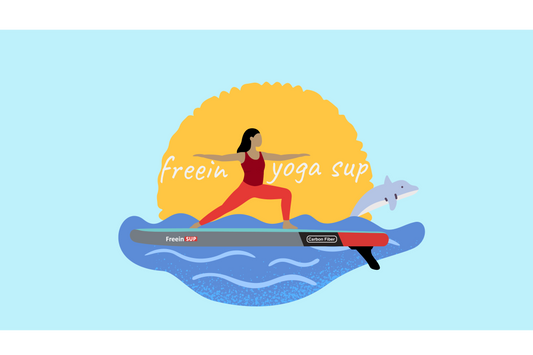featured FREEINSUP 2022 EXPLORER INFLATABLE SUP
Freein explorer inflatable stand up paddle board is one of the most favorite collection in our product list not only because of its stability but its variability and exploration. There are design...
Read more
Best SUP for your next fishing
Fishing is typically a relaxing activity, and paddleboarding an emerging workout Ever since stand-up paddleboarding was created, Anglers have adopted them to make their fishing more exciting and productive. It's...
Read more
WHAT ❌ NOT TO DO WITH YOUR INFLATABLE SUP
Your Paddle board is your cherished treasure, you want to live as long and beautiful life with your lovely board as possible. Even though We have enough confidence that freein...
Read more
What do you need to do before you get on the water😏
It would be exciting when you receive your new board, however, there is always some necessary steps to put together your board and keep you safe. Unpack and unroll your...
Read more
How to Install Fins For your freein paddle board Correctly👌
Stand up paddleboard fins are an essential part of your paddleboard. Without fins your board would start to turn radically with every stroke, making the whole paddling unstable. Fins allows...
Read more
HOW TO STORE YOUR ISUP IN WINTER
As the weather gets colder, many paddlers maybe want to know how to store their board for the winter properly. In fact, it’s simple to store a SUP. Here are...
Read more
Why Choose Freein Yoga SUP For Yoga Practise
The Freein yoga sup is the first-ever inflatable SUP to sport a full-length traction pad, and customers are reaping the benefits from it. This special feature not only allows paddlers to utilize...
Read more










